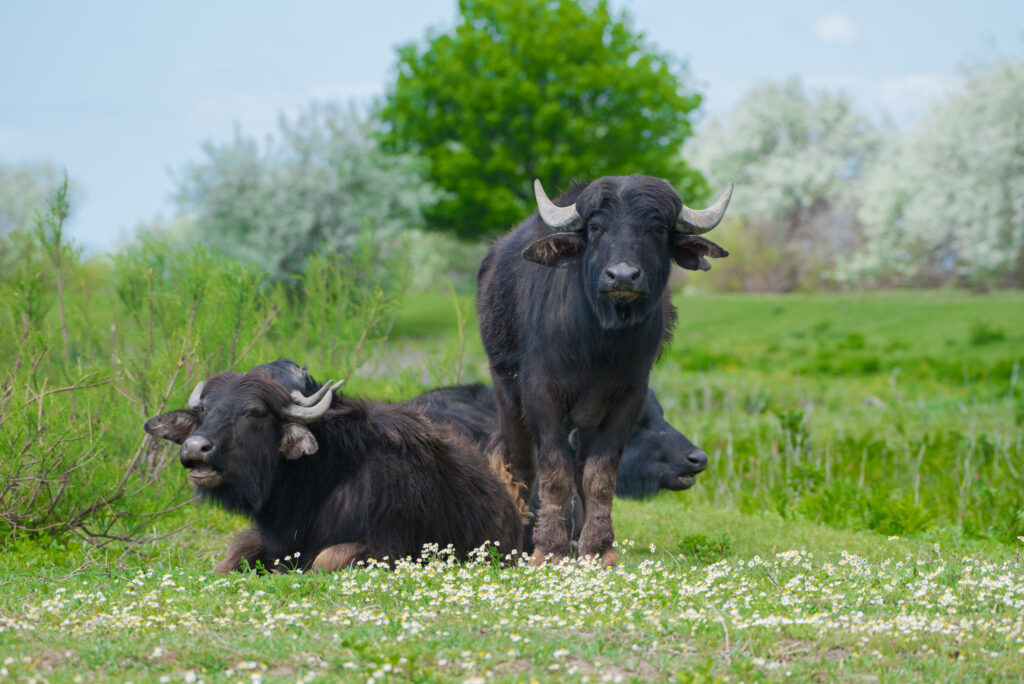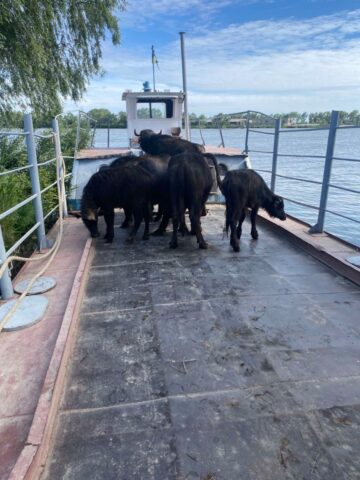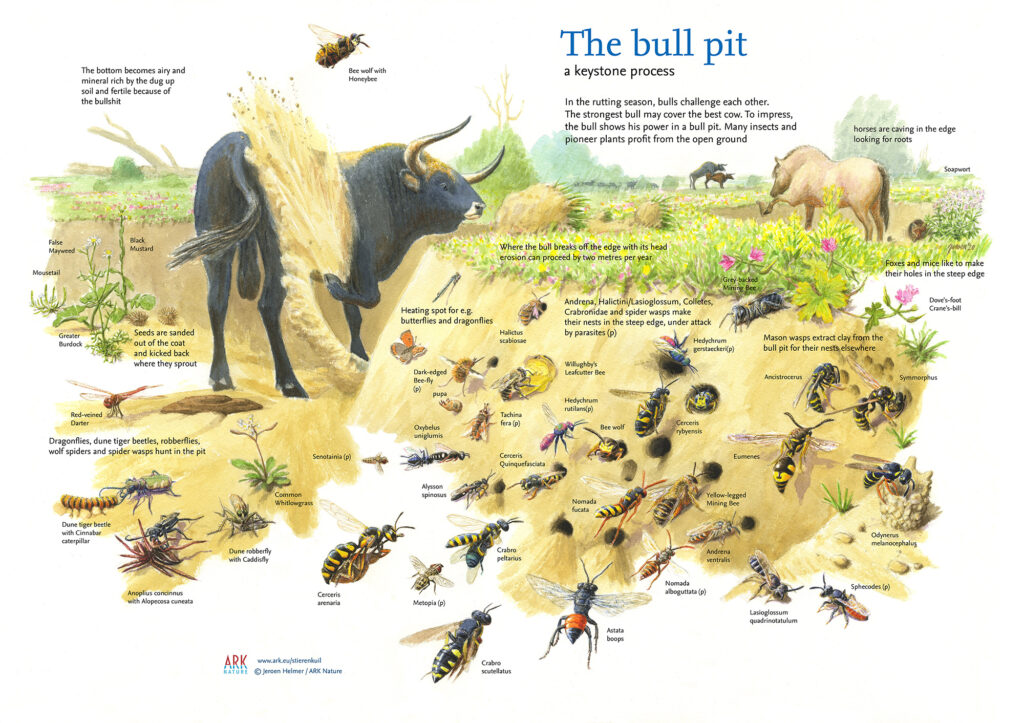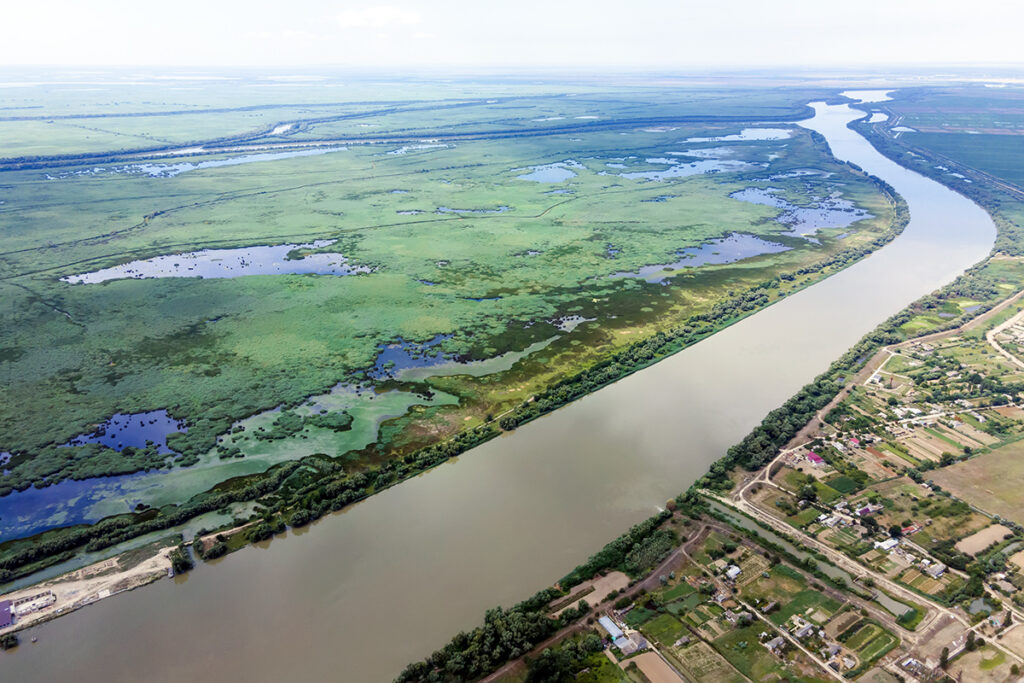Thanks to the efforts of the Rewilding Ukraine team, 6 female water buffalo have recently settled on Ermakiv Island in the Danube Delta to enrich the gene pool of the local buffalo herd.

These animals were sourced from Transcarpathia, specifically from the Tisza River valley, where they were collected from local farms and cared for by Michel Jacobi, an environmentalist and activist from Germany.

The water buffalo were introduced to Ermakiv Island in the Danube Biosphere Reserve in 2019 as part of rewilding efforts. Their presence helps restore the natural grazing process, create mosaic landscapes, contribute to the island’s biodiversity, and attract tourists. Approximately 50 years ago, water buffalo inhabited the Danube Delta, and their comeback to the region marks a significant milestone.
These 6 new buffalo will complement the existing herd, which has already adapted well to the unique nature of the Danube Delta and reproduces annually. In the future, this herd will serve as a reservoir for buffalo reintroduction efforts in other areas of the delta.
Landscape architects
“These animals are true landscape architects! Well-adapted to wet conditions and tough vegetation, water buffalo have a diverse diet that includes even young reeds. They support meadows and canals, thin out bushes, and even feed on invasive species such as amorpha,” says Oleksiy Pudovkin, an animal transportation specialist at Rewilding Ukraine.
Buffalo play a vital role in ecosystem maintenance by digging soil, depositing dung, and creating puddles, which provide habitat for insects, amphibians, and other animals. Additionally, their fur and digestive systems transport the seeds of over 200 plant species.
Animals combating climate change
Research increasingly shows that restoring populations of key animal species to significant, near-historic levels can significantly enhance the uptake and storage of atmospheric carbon by ecosystems. This helps mitigate climate change and its impacts.
“In the process of natural grazing, carbon moves from above-ground vegetation to the soil through dung. This increases carbon accumulation in the natural system and reduces the frequency of fires,” explains Mykhailo Nesterenko, executive director of Rewilding Ukraine. “That’s why we’re not only focused on restoring natural areas, but also on reintroducing animal species that once inhabited them. As part of our rewilding efforts, water buffalo, wild horses, and other large herbivores have been reintroduced to Ermakiv Island.”

A natural haven for wildlife
Ermakiv Island was restored to its natural state approximately 10 years ago under the WWF Ukraine project. Today, it stands as one of the most biologically diverse areas in the Danube Biosphere Reserve, hosting numerous bird species including Dalmatian and Great White Pelicans, Glossy Ibis, White-Tailed Eagle, and more.
The introduction of buffalo to the Danube region is part of the project “Restoring the Danube Delta, Europe’s largest wetland” funded by the Endangered Landscapes & Seascapes Programme, with support from the Danube Biosphere Reserve and the island’s tenants, Yermak LTD.
